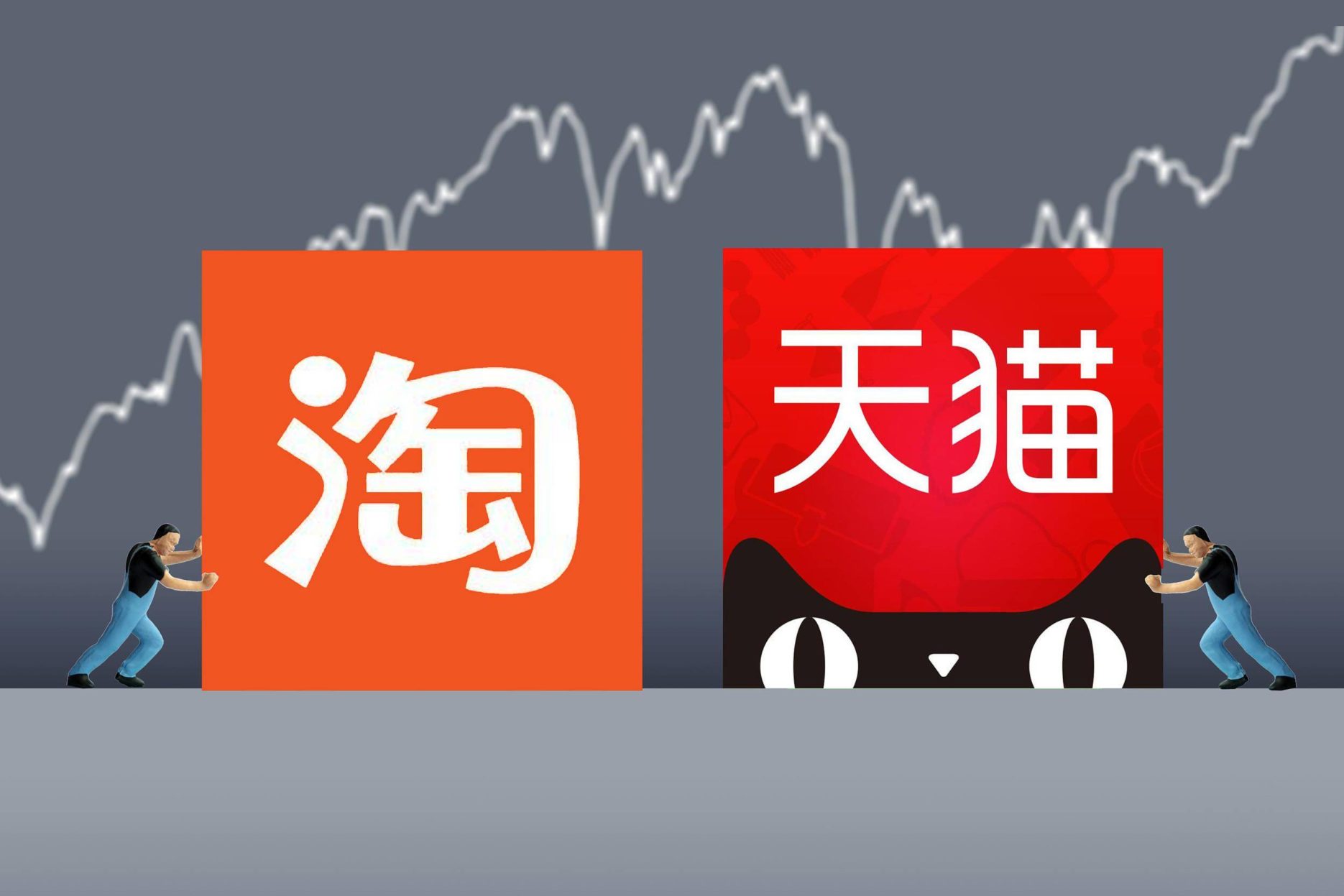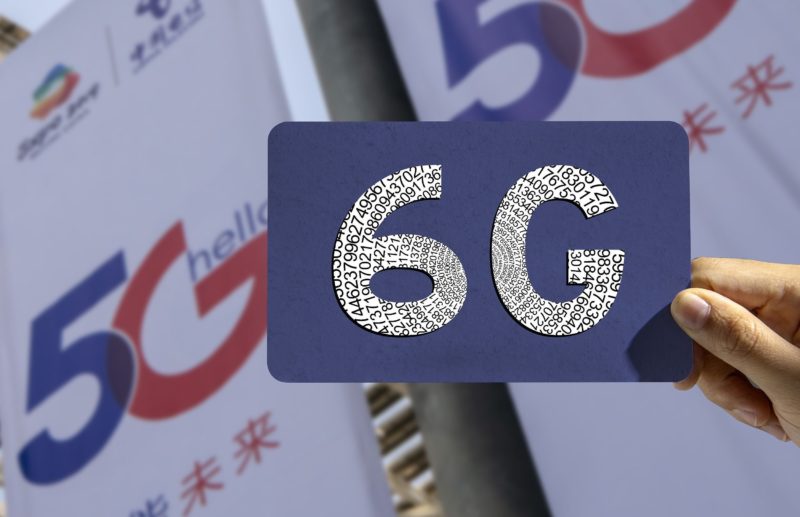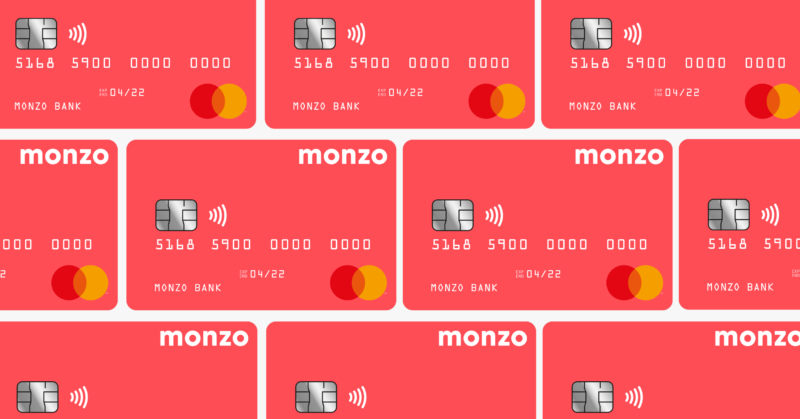China’s two biggest e-commerce platforms Taobao and Tmall are to be combined into one, as announced by Trudy Shan Dai (the new head of Alibaba’s China digital commerce unit) six days after her appointment coming into effect on 1 January.
The integration is part of the restructuring of the Group’s back-end operations, which include the establishment of three operation centres for both Taobao and Tmall. The focuses of this reorganisation are on platform strategies, user expansion and industrial development for merchants; as according to Chinese media outlet Consume, citing an internal email to all staff members. The Hangzhou-based group, who is also the owner of the South China Morning Post, confirmed the news on 7 January to the media but declined to give further comments.
As significant as it is to Alibaba itself, the unified mechanism is also regarded as a milestone in the history of China’s e-commerce industry. For more than a decade, Taobao and Tmall have been operating as two independent units with different customer focuses.
While Taobao, the consumer-to-consumer (C2C) retail marketplace became a hub for small businesses and individual entrepreneurs to enter the online market, Tmall, a business-to-consumer (B2C) platform pools brand users that offer high-end products with its global arm Tmall Global becoming home to some internationally renowned brands. By unifying both platforms Alibaba is able to integrate consumer bases into one larger service that can cater to a larger number of users than either e-commerce site could before.
While back ten years ago, when China’s e-commerce was in its infancy, having the two platforms separated would allow Alibaba to reach a wider breadth of retailers with customised services that cater to user needs. Now, as the e-commerce industry enters its maturity, more retailers have landed both on Taobao and Tmall and their demands tend to converge with two platforms continuously optimising their services.
Operating the same businesses on two different platforms, retailers have to offer differentiated discount offers during key marketing dates, such as the Double 11 Shopping Festival, which costs brands extra effort. These different promotions could also be a source of confusion for consumers. As a result, the time seems to have come for Taobao and Tmall to combine as one in a bid to sharpen the platforms’ focuses on user experience and to encourage what it called “mechanism innovation”.
In the meantime, the new set-up could also benefit mainly small and medium-sized online retailers that mostly could only stay with Taobao, due to the high cost to enter Tmall. Unlike Taobao, Tmall provides more technology and branding supports for merchants in order to create a more upscale online shopping environment.
With Tmall integrated into Taobao, Tmall’s services for brand users would be shared across a unified platform, so that small merchant can also enjoy the support from Tmall in promoting their businesses, which they would otherwise never get from Taobao.
The first major initiative by Dai has marked the beginning of a new era of China’s e-commerce. The move is also believed to strengthen Alibaba’s role in leading the development of the world’s second-largest economy with the e-commerce industry powering their growth. It is clear to see this shrewd new move will only enhance the experiences of those using Taobao and Tmall before into one larger offering, whilst also pushing Alibaba further in their market dominance.
Read more:









